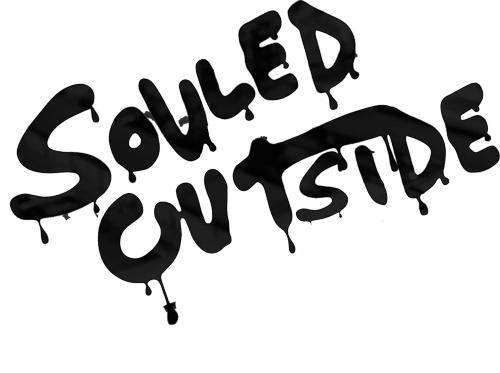In 1828 Washington Irving arrived in the foothills of a forgotten Spanish city to an unimaginable sight. There, towering over the white washed, stucco houses of Granada, he laid eyes on the great, red walls of the Alhambra: a fortress of medieval palaces whose elaborate designs put the finest cathedrals in Europe to shame, whose engineering marvels could make the pyramids of Giza blush. Inside, an army of squatters laid claim to the last surviving halls of the mythical Arabic sultans.
240 miles away, I was riding towards them on a bike—and I was about to throw up.
I’d come to Southern Spain completely unaware of Irving’s epiphany nearly two centuries ago. I’d come to spend a week sweating through the countryside on REI’s inaugural Heart of Andalusia cycling expedition. The journey would begin in Seville before branching off into towns, cities, and villages mostly overlooked by American travelers in Barcelona and Madrid. In total, the route would cover almost 250 miles on two wheels over six days.
An hour into day one, I felt like I was about to die.
A quick glance at the heart rate monitor on my watch lended some credence to the claim. 174 beats per minute. “Maximum,” it read. If I didn’t stop now, I could be in serious medical trouble.
The expedition is part of a new series of global cycling adventures being launched this year by REI. In general, they’re designed for people who are comfortable cycling for four to six hours per day for multiple days in a row. A typical training regimen should begin about six months out.
I’d been training for the trip for exactly two weeks. The effects, or lake thereof, were already starting to show.
The morning had been filled with promise. After a quick van transfer from Seville to the town of Alacena, our group had thrown our bags into a 16th century convent-turned hotel, hopped on our bikes and sped downhill over the cobblestone streets and into the rolling asphalt below. For 20 minutes, I parried back-and-forth at the front of our pack with a ski-bum from Wyoming, a cycling writer from Indiana, and REI’s public relations liaison from Colorado. Together, we chased the long, grey hair braid of our Dutch guide, Raoul Reesinck through acorn groves and black pig farms as we broke in our aluminum steeds.
Soon, the slopes leveled out. And then, we began to climb.
I was the first to fall back from the pack. Reesinck continued on point, followed by the vanguard of hodgepodge Americans. Near the back, Susan Barnes, a Tampa-based travel writer, and I lamented our fates. “I’m down to walk this one if you are,” I shouted, as Barnes chugged up the grade ahead. “Sure. Okay. Let’s do it.”

As we clogged up the first real hill we’d encountered in Spain, Barnes and I had a realization—the humid flatlands of the American south are not an ideal breeding ground for world-class cyclists. Still, within moments, Barnes was back on two wheels and I was left to ponder my fate. When I’d signed up for this trip in early spring, I knew that I’d need to get back in shape. I am a cyclist, yes; but my odometer turning days were a half decade and 30 less pounds ago. More to it, I’ve always been a mountain biker, not a roadie. My pedal strokes, riding style, and mentality are all geared towards a quick burst to the top of a dirt trail and a slippery downhill to follow.
My head was full of doubts.
Riding more than 200 miles across a country I’d never been to—mostly on tarmac— was beginning to seem like biting off more than I could chew. But as I plodded up our hill to a picnic spot at the top, I had another thought. I remembered the first time I’d ridden a bike as an adult. It was on a whim. It was on a trail in Memphis. And it felt a lot like this. My breaths were heavy, my heart was pounding, and I felt like I was going to die.
“I can do this,” I recalled. “I’ve done it all before.”
240 miles away from the Alhambra, I hopped back on the saddle and began to ride.














